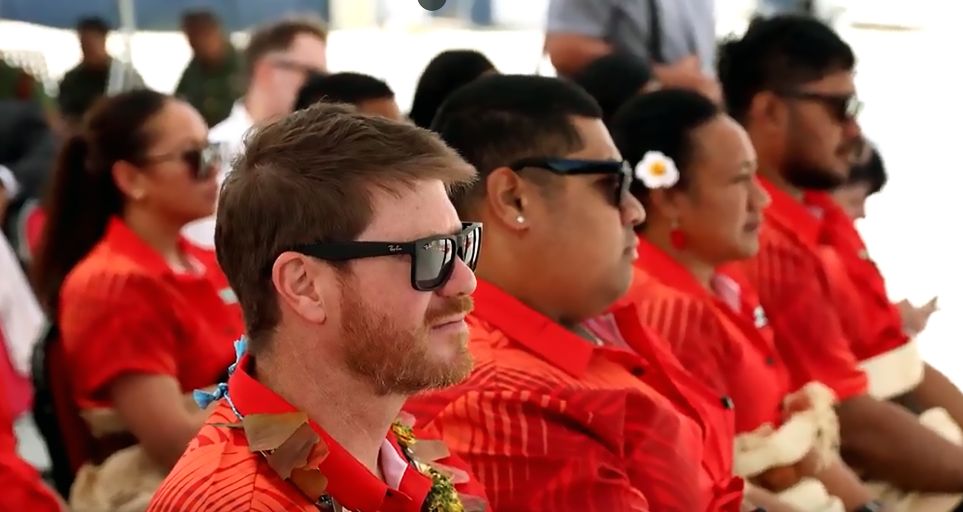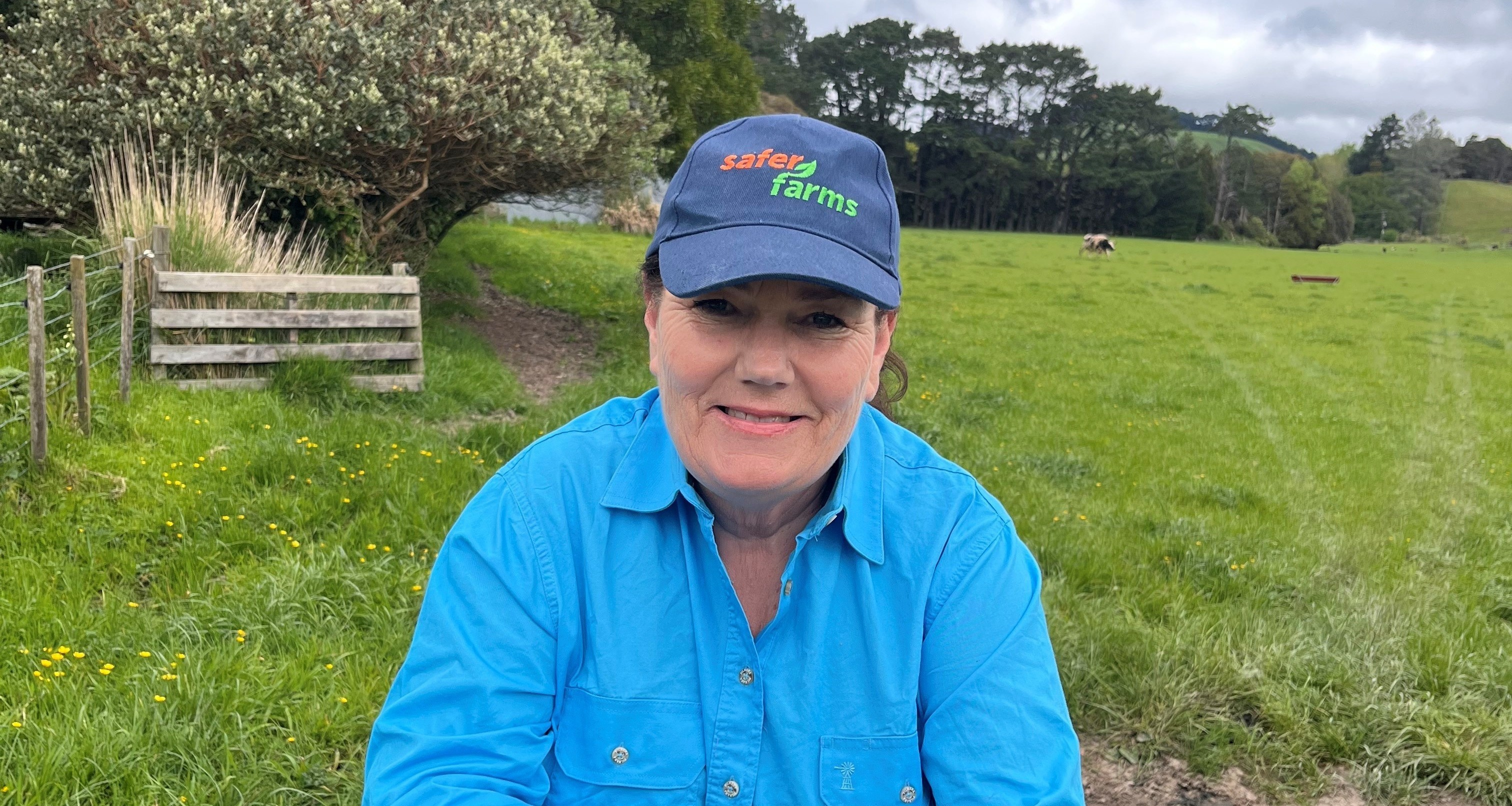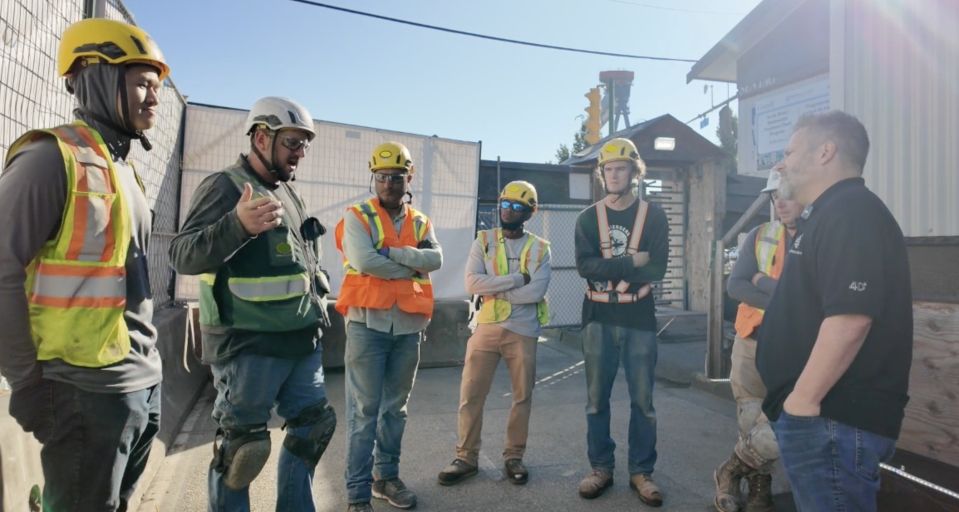Judges, regulators and lawyers undeniably focus on financial penalties – fines and reparations – which may not be effective in achieving the purpose of the HSWA, a mandatory consideration in any sentencing exercise (see section 151(2)(b).
However, the “main purpose” of the HSWA is set out in section 3 and is to provide a balanced framework “to secure the health and safety of workers and workplaces”. That purpose is to be achieved by, among other things, “securing compliance with this Act through effective and appropriate compliance and enforcement measures” and by “providing a framework for continuous improvement and progressively higher standards of work health and safety”.
Does the imposition of a fine achieve those ends? Fines are paid to the Crown rather than to WorkSafe or any other entity charged with improving health and safety standards, and are frequently reduced to account for the financial means of the defendant.
Non-punitive options
Punitive sentences are not the only sentencing tools available to courts. Sections 153 to 158 of HSWA provide options for sentencing judges which are unique to HSWA. Among the orders available are adverse publicity orders, orders requiring a defendant to undertake a specified project for the improvement of H&S, court-ordered enforceable undertakings, and orders requiring an offender to undertake or arrange for workers to undertake a specified course of training.
These orders are massively underutilised; some have not been used at all to our knowledge. (Note these sentencing options are available alongside fines and reparation awards, not to their exclusion.)
Australian examples
Each of the orders described above have Australian equivalents and, while they do not appear to be regularly deployed they have seen more air time than their New Zealand equivalents.
In SafeWork NSW v Norske Skog Paper Mills (Australia) Ltd two workers sustained fatal injuries after inhaling hydrogen sulphide gas that escaped from a tank at a paper mill where they worked. The defendant was fined a substantial A$1,012,500. he Court also ordered the defendant to undertake a work health and safety project to produce an “educative animated video” relating to the incident, the associated risks the victims were exposed to, and safe systems of work to address those risks.
In SafeWork NSM v Royal Demolition & Excavation Pty Ltd one of the defendant’s workers suffered serious injuries when he was struck and run over by a 23-tonne excavator. The defendant was fined A$204,000 and ordered to arrange training for its directors. Similarly, in SafeWork NSW v Monk the director of a company whose worker was injured after falling from a truck tray was fined and ordered to undertake a due diligence training course.
NZ trailblazers
While similar orders are rare in New Zealand, there are a couple of notable examples where they have been used. In WorkSafe New Zealand v Otago Polytechnic the defendant sought and was ordered to undertake a specified project for improving work health and safety pursuant to s 155 and 156 of HSWA. The particular project, designed and proposed at the defendant’s cost, was for the provision of a free training programme to educate construction workers about health and safety requirements. The project was estimated to cost $275,000 to implement.
While the defendant was to be released from conviction after taking the steps it had undertaken, the outcome should not be viewed as a slap on the wrist. Planning and implementing the project would come at considerable cost to the defendant and almost certainly contribute to improving New Zealand’s workplace health and safety in a way that a fine would not have.
Similarly, in Maritime New Zealand v Fullers Group the defendant was ordered to implement a specified project relating to “problem identification/solving”, together with a fine of $86,159 and reparation of $63,336, after one of the defendant’s vessels collided with a wharf. The project was estimated to cost $200,000 to implement. The Judge commented that “project orders should be encouraged by prosecutorial authorities”.
Reimagining required
WorkSafe and the other regulators, as well as prosecutors and defence counsel, could surely take the lead and advocate to the courts that the sentencing process for offences under HSWA should be reimagined so defendants are held to account, victims are provided for, and the purposes of HSWA are met to ensure there is continuous improvement and progressively higher standards of work health and safety are being achieved – as the current approach does not achieve those ends.
Olivia Lund is a partner and Sean Brennan an associate with Duncan Cotterill.




